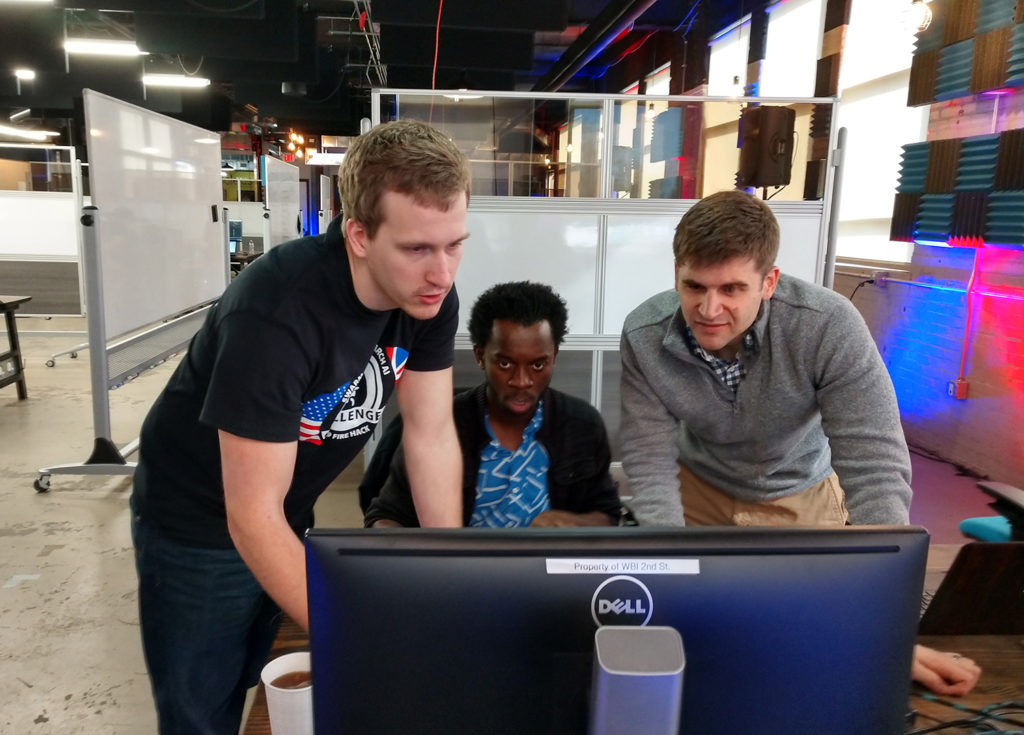A2Sys Lab takes first in firefighting drone competition

Last year, California experienced the single largest wildfire in its recorded history, a wildfire in Greece killed 100, and wildfires in the British Columbia surpassed the historic proportions seen only the year before. Water and firebreaks can fight immediate threats, but improved mapping and better planning in deploying such resources can maximize impact and minimize risk, reducing the impact of fires over an entire season.
One way to improve mapping and firefighting plans? Unmanned aerial vehicles (UAVs) and algorithms that allow them to operate autonomously.
To speed innovation and utilize swarms of firefighting UAVs, the Wright Brothers Institute (WBI) hosted the 2019 Swarm & Search AI Challenge: Firehack, a pilot project sponsored by the Air Force Research Laboratory (AFRL) and U.K. Defense Science and Technology Laboratory (DSTL).
The competition brought teams from around the U.S. and the U.K. to develop code that was able to control UAVs with an autonomous system, map advancing fires, and find specific targets in a simulation. Teams received points for finding targets and mapping fire zones, while making sure the simulated UAVs avoided burning up, crashing, and running out of fuel.

After three days of competition, the team from University of Michigan’s Autonomous Aerospace Systems (A2Sys) Lab took first place in the overall competition, winning $26,000 and a trip to the U.K. Embassy in Washington, D.C.
Jeremy Castagno, Prince Kuevor, and Matthew Romano, all Robotics PhD students, made up the core A2Sys team. The final A2Sys team member was their advisor, Ella Atkins, Professor of Aerospace and Robotics.
Mick Hitchcock, AFRL program manager said in a press release, “The activity fits right into both countries’ desire to approach research differently, and involves non-traditional, innovative thinkers as partners and most importantly gets results faster.
Timothy Wright, DSTL’s Aerospace Systems Group Leader, added, “Swarming UAS [unmanned aerial system] is rich with innovation and we are looking to solve perceived problems and invent new ways of controlling swarms of drones.”